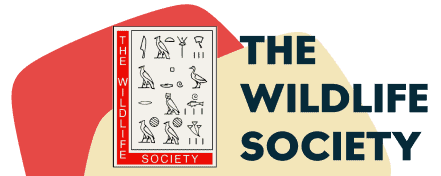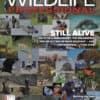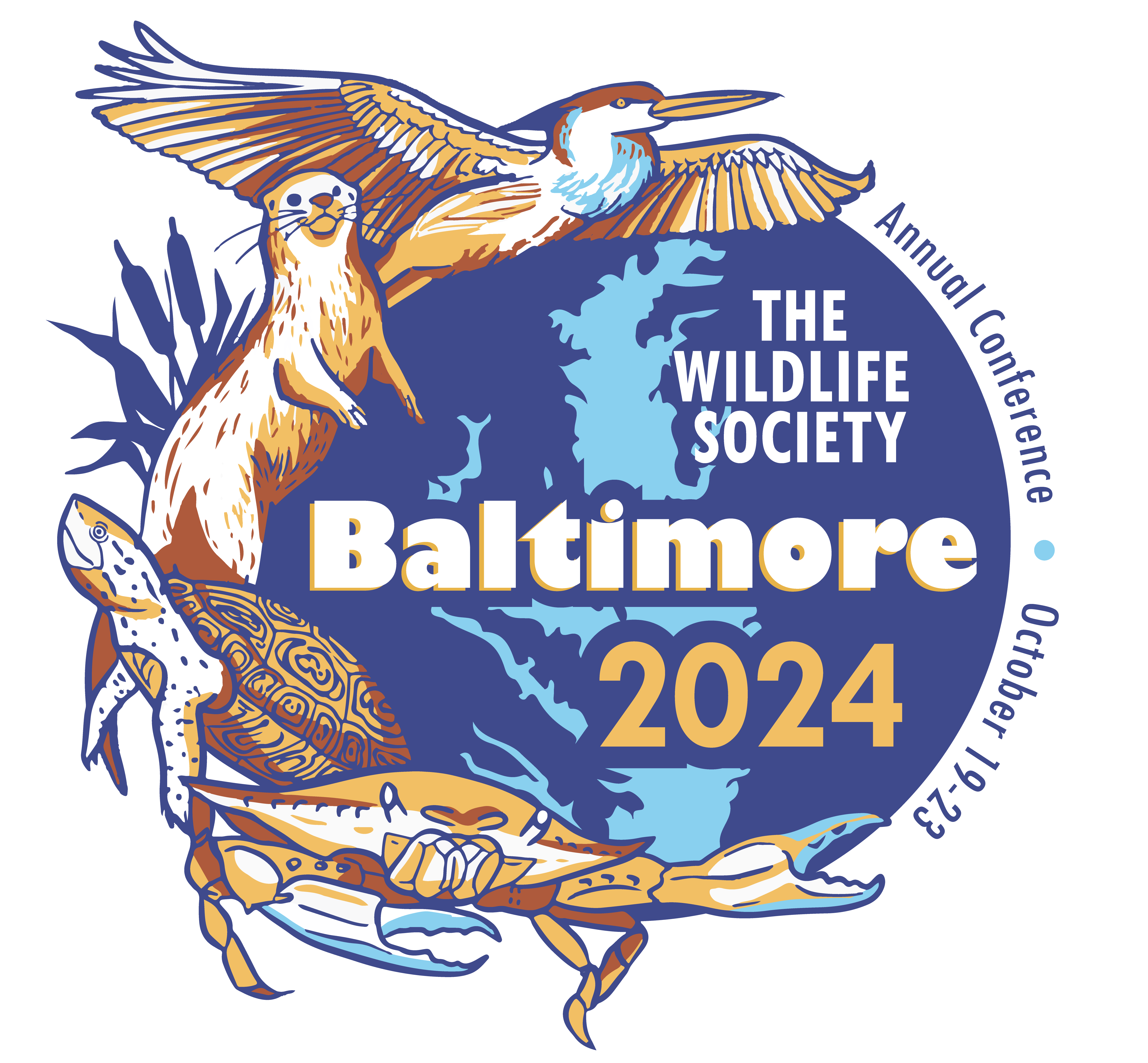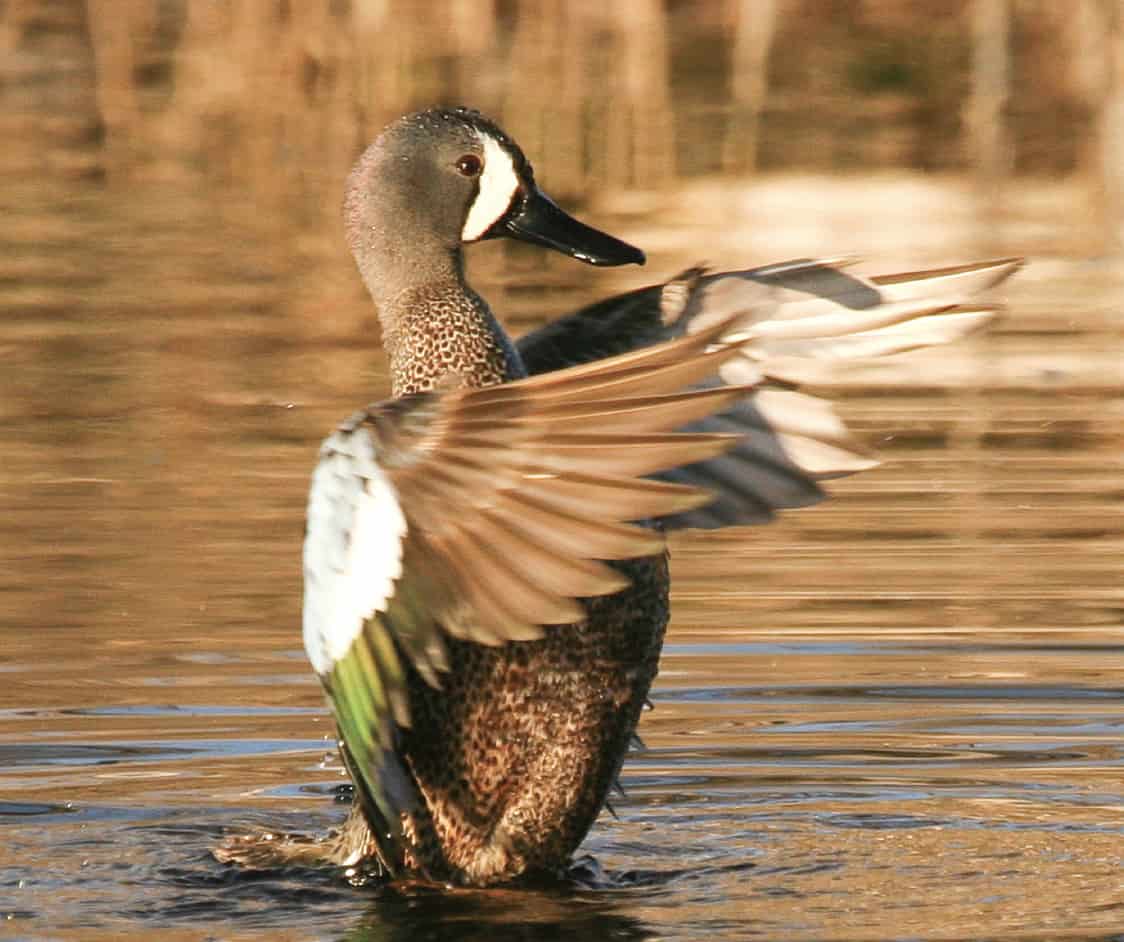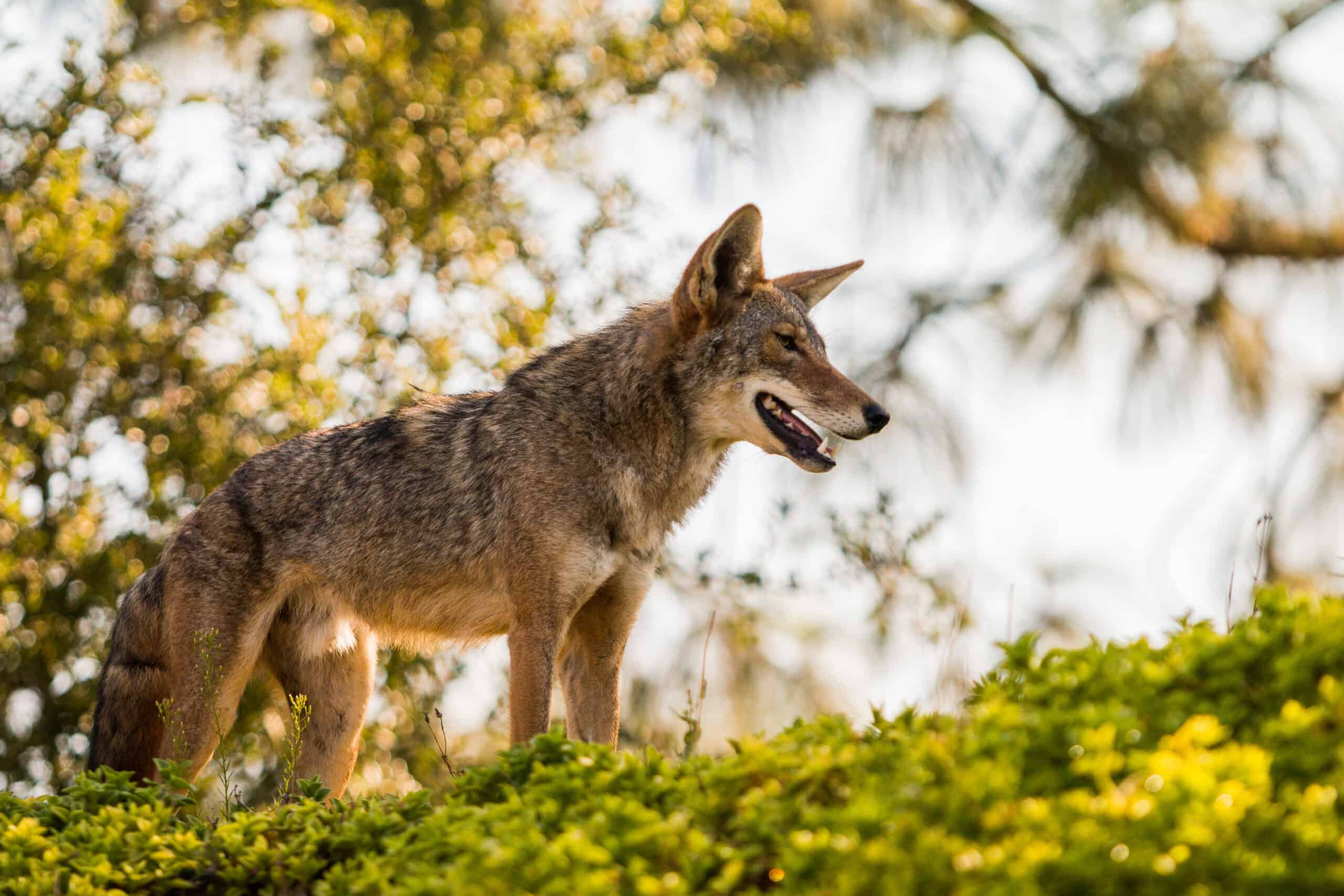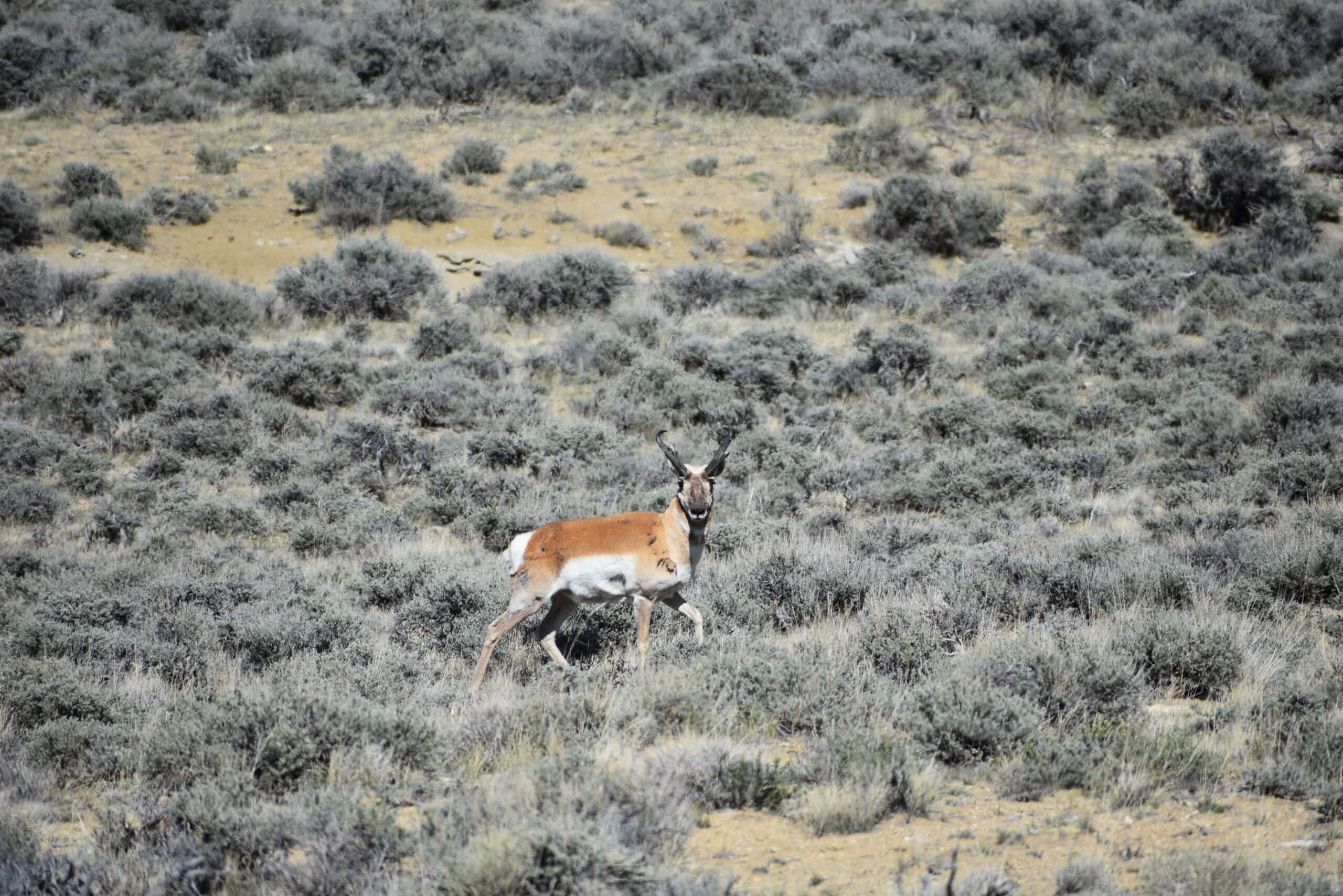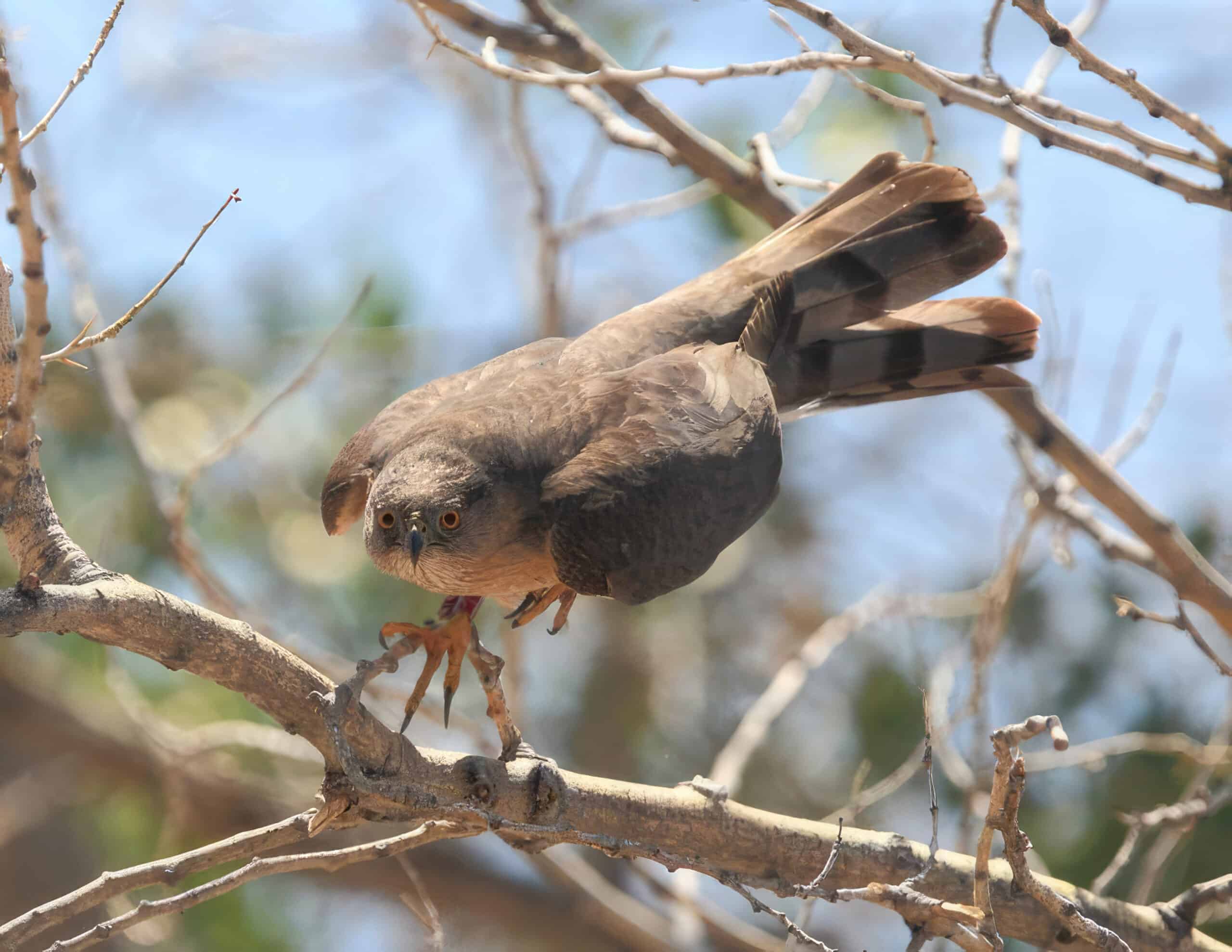
Urban Cooper’s hawks face a range of threats
Intentional killings by people remain a concern
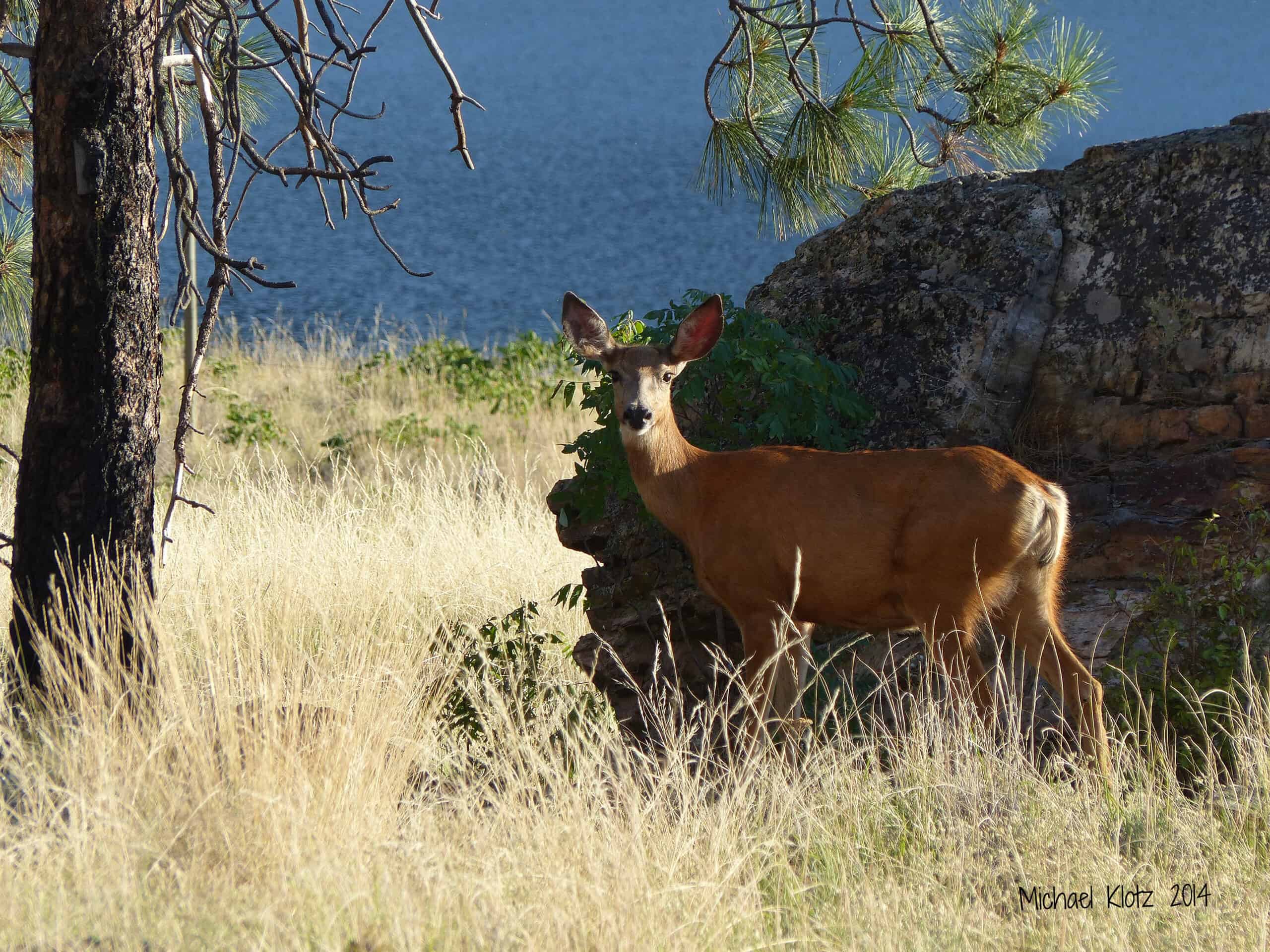
B.C. to test for CWD
The province is working with First Nations to collect samples for testing
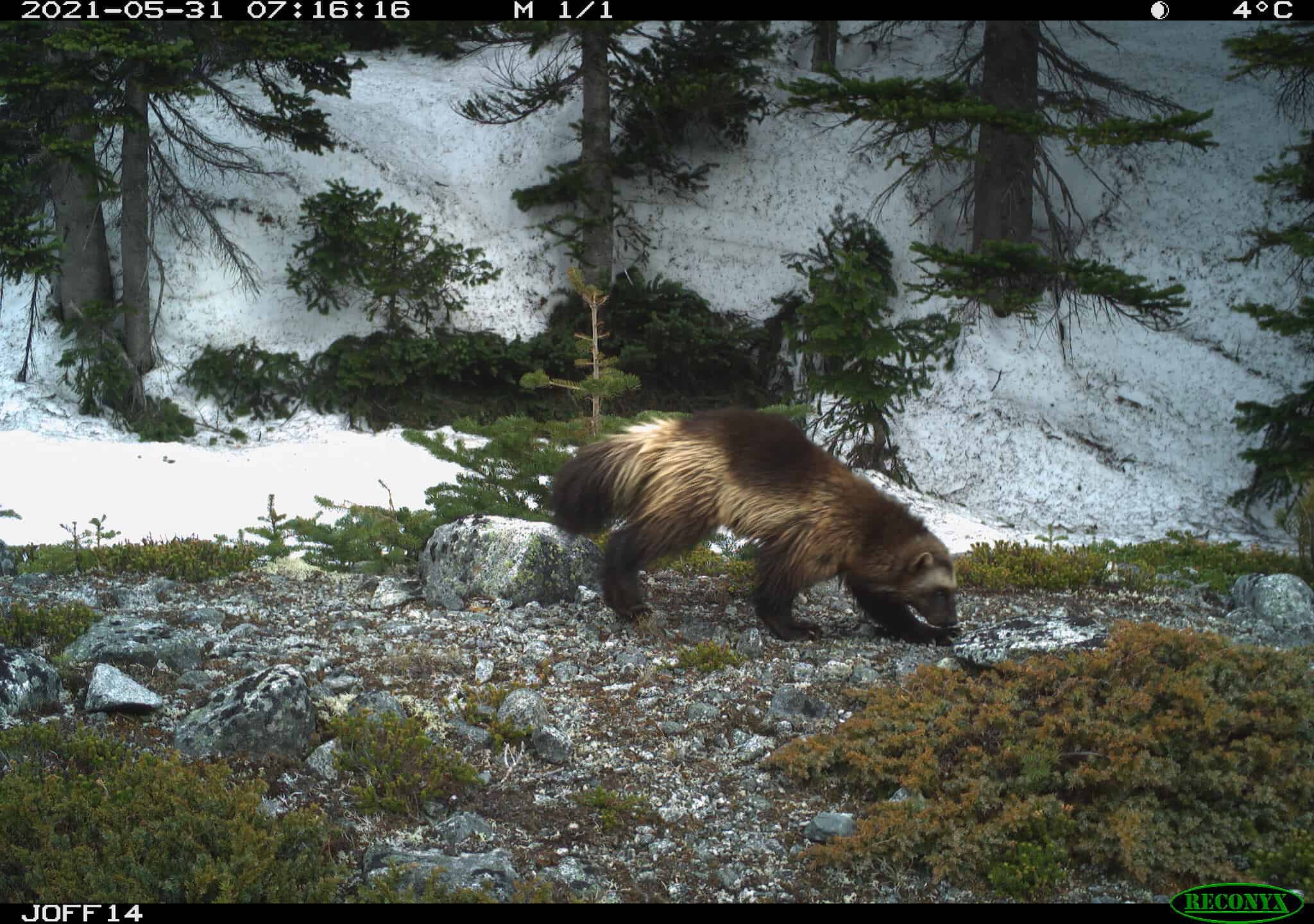
Study during COVID lockdowns shows diverse wildlife reactions to people
Meat eaters and plant eaters, urban and rural wildlife, respond differently
PAID AD


Researchers spot hoary bat over proposed wind energy area
It’s the first known hoary bat sighting over the open sea

Researchers to reassess Baffin Island caribou
The last census showed a dramatic population decline
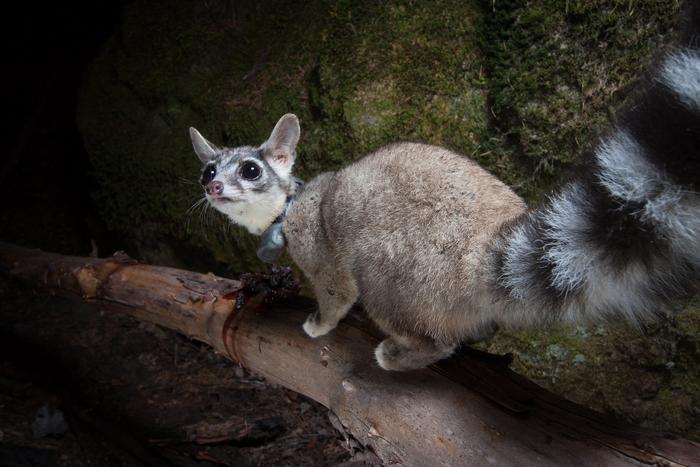
Shedding light on the cryptic ringtail
A study on the Hoopa Valley Reservation has revealed some of the mammal’s secrets

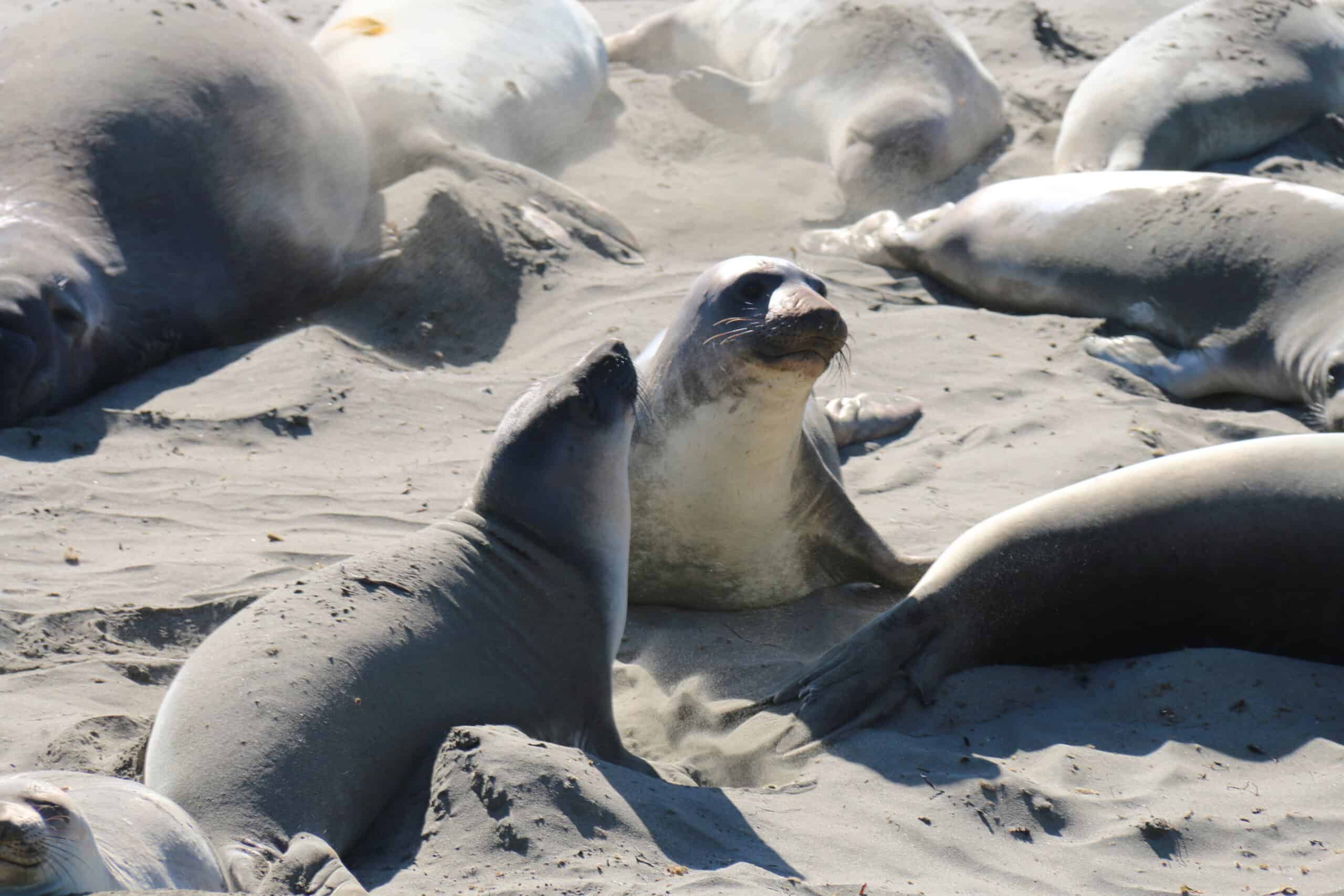
Despite resurgence, elephant seals impacted by near extinction
Researchers found that their reproductive and foraging success has been affected by a population bottleneck
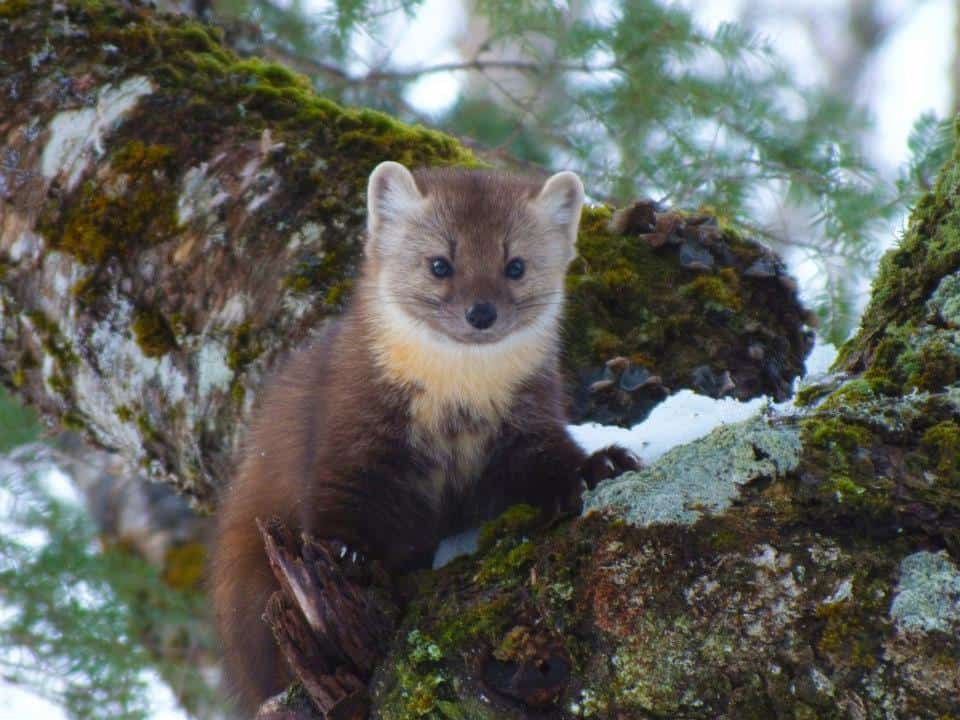
Newfoundland marten downlisted as population grows
Once considered endangered, it is now listed as vulnerable
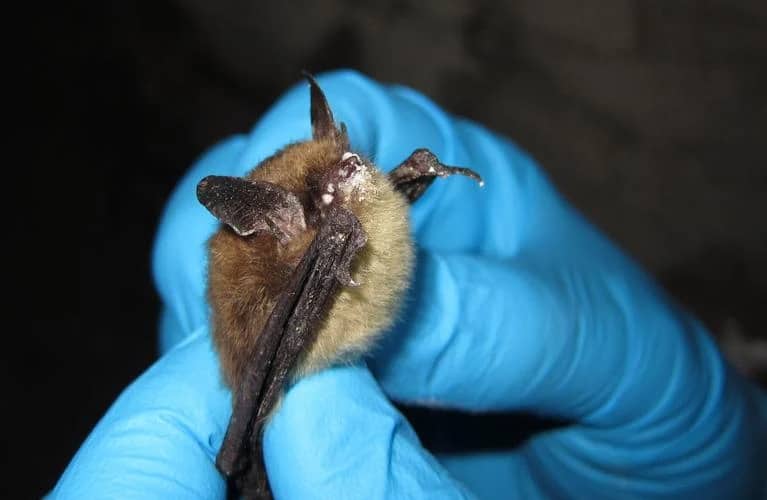
Georgia bats rebound after fumigation for white-nose syndrome
Researchers have been experimenting with ways to combat the deadly disease
PAID AD

